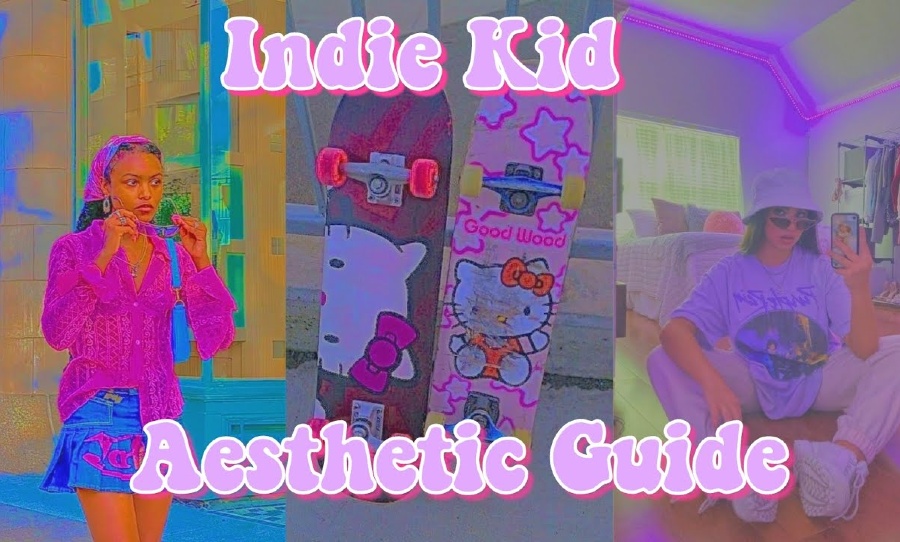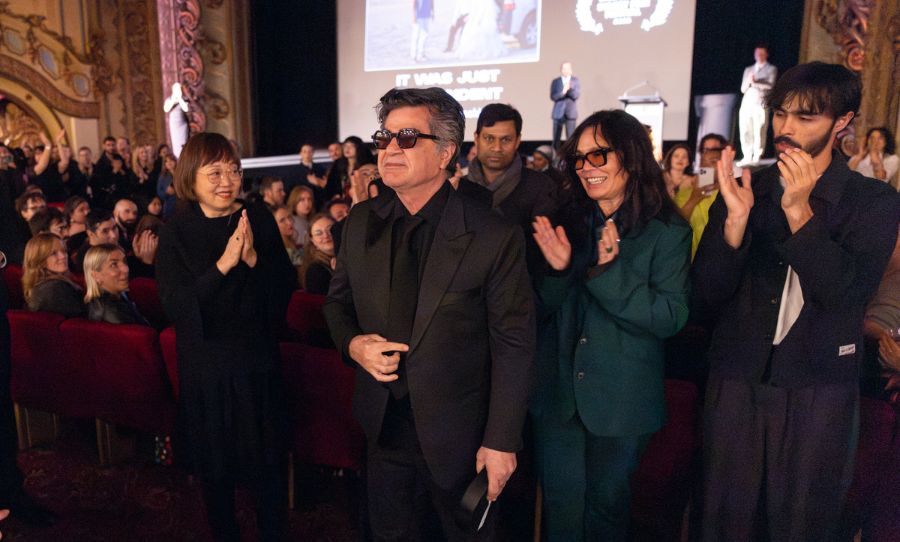Monster Energy drinks, high contrast photos, and individuality as far as the eye can see. Here’s the lowdown on the latest Indie Aesthetic.
Since the beginning of pop culture, there’s always been the ‘individuals’ who put their own twist on the latest trends.
Whether it’s the goths of the 80s, grunge kids of the 90s, or the scene-kids of the 2000s, counterculture is one of the greatest indicators of cultural progression, and a premonition of what’s to become ‘mainstream.’
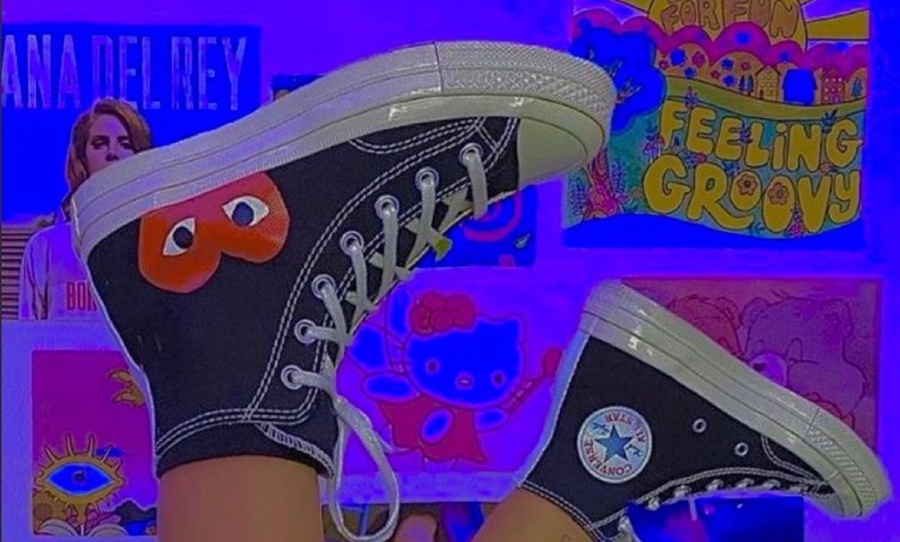
For the 20s, the Indie people of the internet have ditched the arty overtones and pastel minimalism of the 2010s, for something bigger and bolder.
Here’s what you need to know about this decade’s budding ‘Indie-Kid Aesthetic,’ and what it says about the future of the Zoomer generation.
What the hell is the Indie aesthetic?
First things first, what do we define as an ‘Indie aesthetic’, and how the hell has this changed over time?
The term ‘indie’ stems from the idea of individuality and independence. In terms of aesthetics, this applies to the media you consume, and how you present yourself.
It’s important to note that the aesthetic principles decided by subcultures, and the capital those subcultures consume, tend to be reactionary to the environment those aesthetics are created under.
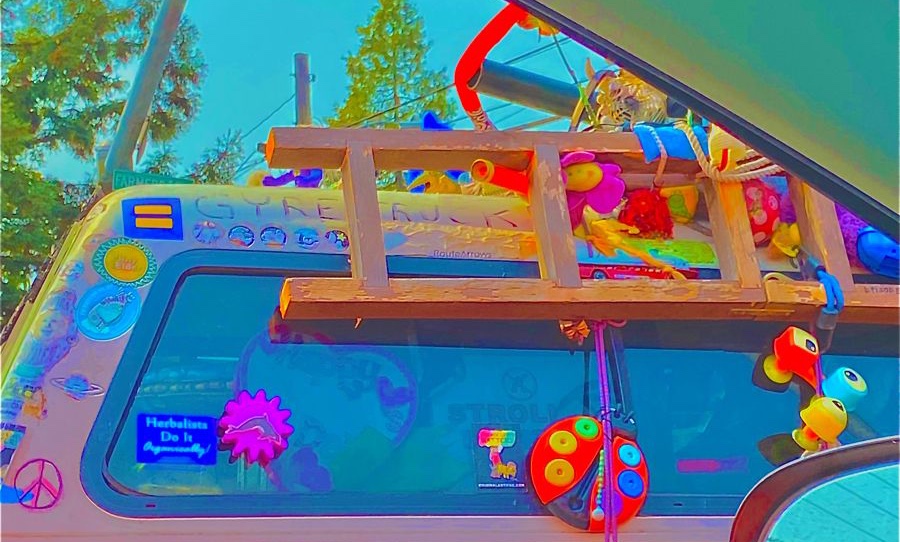
For example, the unique ‘Punk’ scene that blossomed in East Germany under the rule of the German Democratic Republic – a Soviet puppet-state – was born out of resistance to the totalitarian regime of the East, and a desire for the ‘freedom’ of Western democracy.
So, while the style, and socio-political motivations change with time, Aesthetics continue to be a reaction to the world around us.
The new Indie-Kids:
Many people have a different take on what today’s Indie aesthetic is set to be called.
While currently called ‘Indie-Kid Aesthetic’, the term is contested as more adults and designers begin to replicate the style.
What we do know is that the new Indie aesthetic was born recently, due to the increasing popularity of TikTok (known as new-Tumblr).
However, it was fully solidified as a bonafide aesthetic in the middle of the COVID-19 pandemic in 2020.
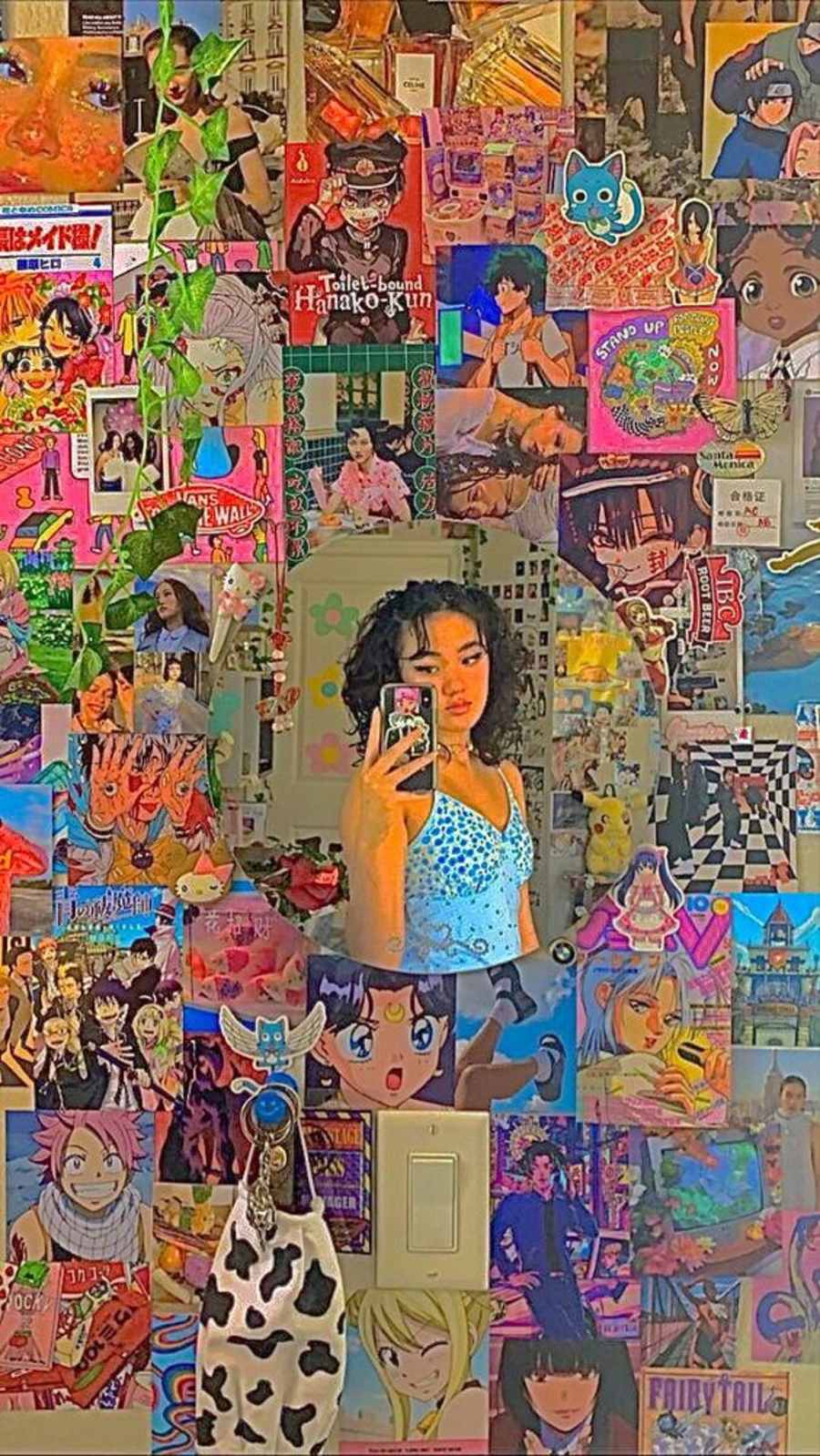
Due to its popularisation by Gen-Z, the style takes directly from the first incarnations of ‘Indie’ and early 2000s-fashion – but is considered visually brighter, queerer, and more accessible as a subculture.
However, due to the COVID-conditions that the aesthetic was popularised under, it’s also seen as a much more political, morose, nihilistic, and ironic movement than its predecessors.
The Lewk:
So, how do you get that ‘Indie-Kid’ lewk?
Fashion-wise, the style is easy and cheap to replicate – centring upon thrift fashion, ethical consumption and unisex appeal.
If there’s one thing Gen-Z are beginning to hate, it’s bigotry, neoliberal capitalism, and big business.
It should also be noted that Indie fashion is supposed to be genderless, flexible, and centres upon ‘main character energy’.
Crop tops, baggy pants/jeans, tartan tennis skirts, tight-fitting tops, polo shirts, platform boots or sneakers, as well as skate brands in general, are a staple within this aesthetic.
Furthermore, bespoke polymer clay jewellery, bucket hats, butterfly clips, and bandannas are the go-to accessories.
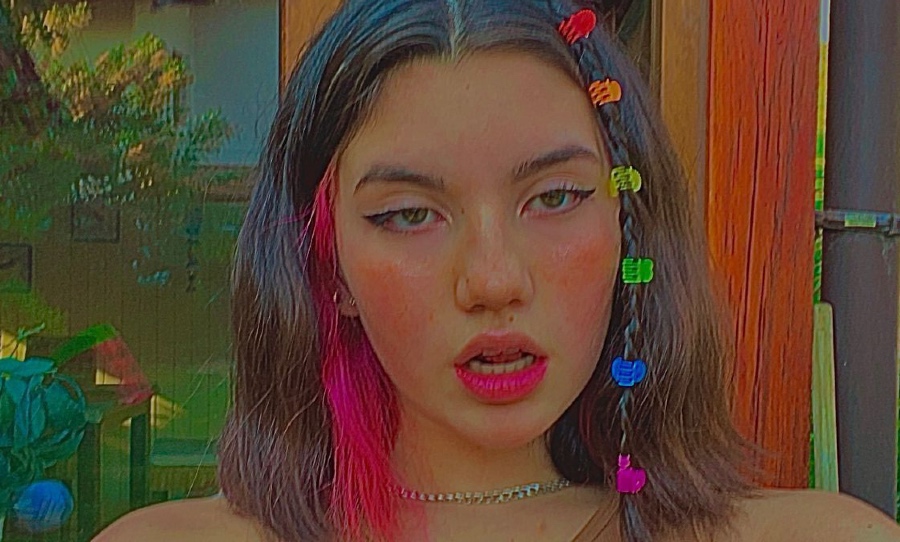
Indie-Kid makeup is natural or bright, sometimes with heavy blush on the cheeks and nose, heavy eyeliner, or even what’s called ‘clown makeup’.
Hair can be worn anyway, though bright colours and left-field dye jobs are also highly encouraged.
Funnily enough, Monster Energy drink is also a staple of the Indie-Kid aesthetic. Honestly, I don’t know why this is, but I have some suggestions.
The multi-coloured cans that Monster Energy makes definitely fall in line with the gritty, yet vibrant aspects of Indie-Kid aesthetic.
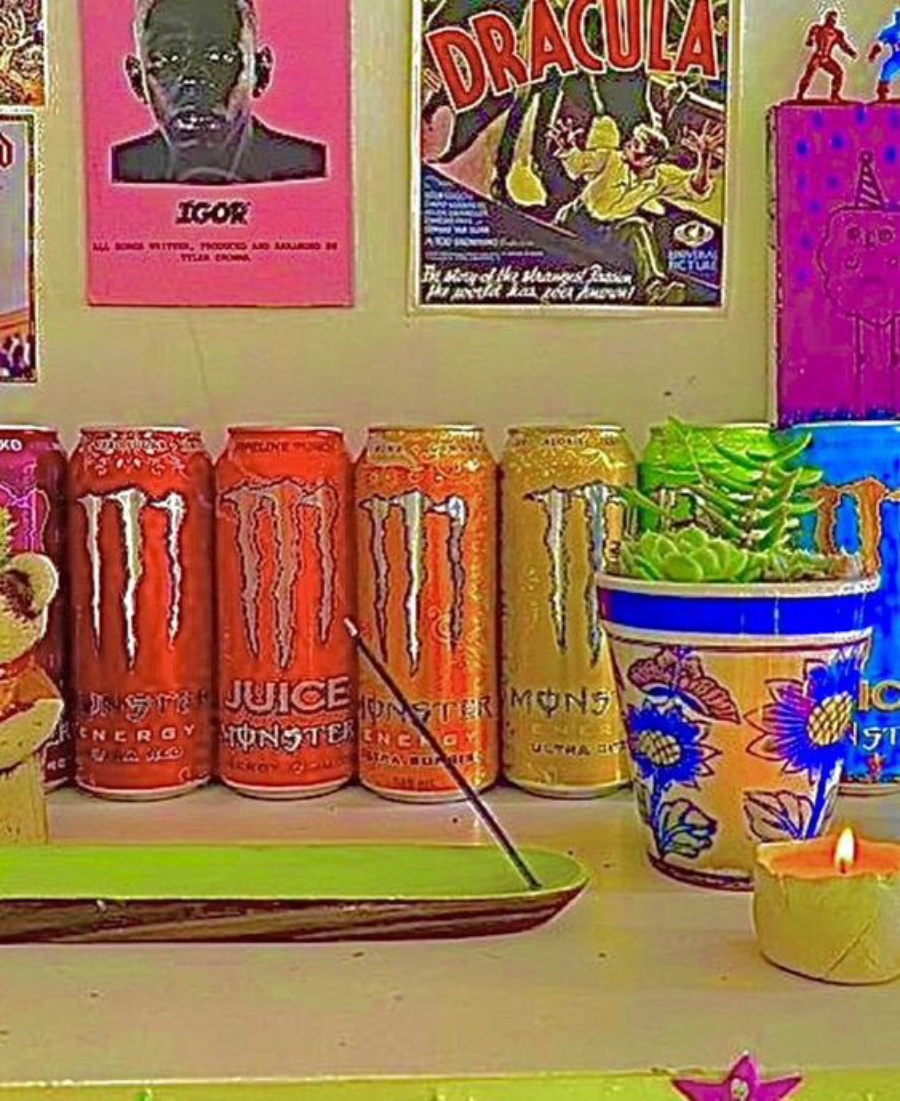
But, more importantly, the drink has ironic connotations.
As Monster Energy has long been associated with hypermasculine sporting events, or straight white incels (maybe named Kyle), it makes sense that Gen-Z’s would ‘appropriate’ it into a moody, self-aware aesthetic.
But also… Monster Energy kinda slaps, though.
The pics:
You’ll have probably seen pictures of the Indie-Kid aesthetic floating around online.
They’re heavy on saturation, and the contrast is lowered. A callback to the heavy saturation in 2000s cinema, these pictures often feature bedroom decorations, fashion, and tom-foolery with friends.
The grain or noise effect is sometimes added as well, which can be easily done on an iPhone.
However, the VSCO app also has some effects for achieving that perfect balance of deep-fried, to Kawaii.
The key is visual loudness, while also paying homage to elements of meme-culture, and psychedelic artwork from the 60s and 70s.
Rule of thumb, if an A24 character would wear it, post it, or listen to it, it’s Indie-Kid aesthetic.
But how did we get here tho?
The first inception of the Indie aesthetic that cropped up in the early 2010s, took on a minimalist fashion sense, had a darker colour palette, and centred itself around being ‘arty’.
Today, we would also call it a ‘Hipster’ aesthetic.
Many credit this incarnation of Indie as a reaction to the ‘decadence’ of the 2000s, where advances in technology and global fusion saw a ‘futuristic approach’ to music and fashion.
As a result, the 2010’s Indie movement saw people simplifying their aesthetic and looking to the rustic charm of the past.
However, this aesthetic also acknowledged the new, and rapidly growing world of social media as the first generation of digital natives hit adulthood.
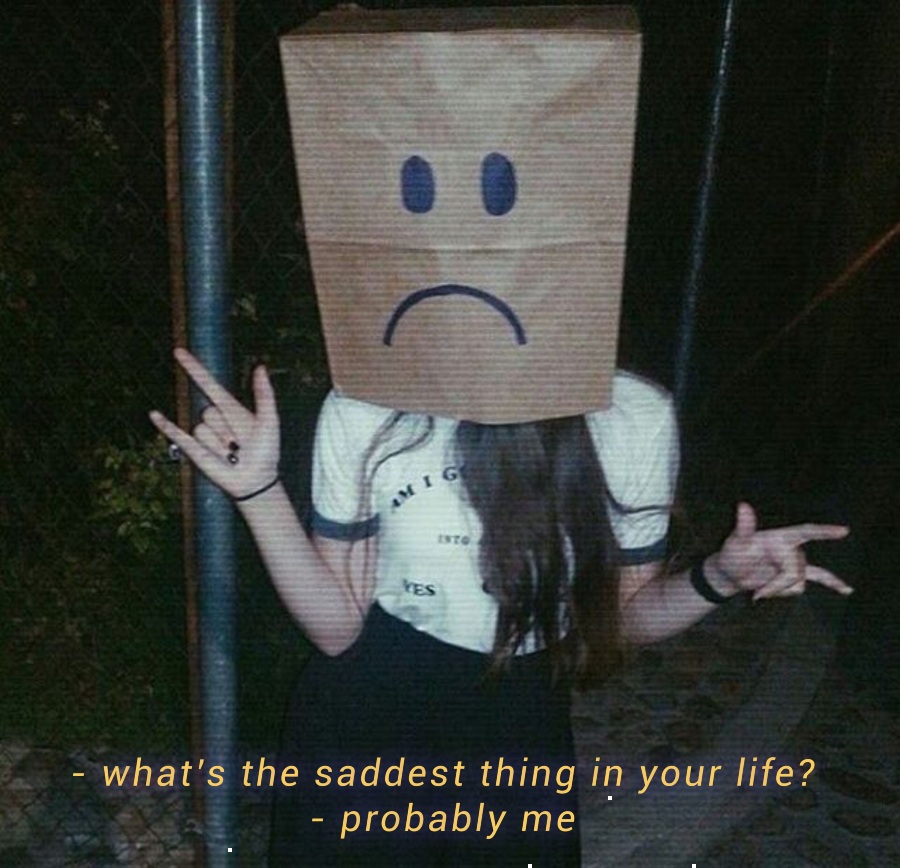
As internet culture started to reach its juvenile years, the drive for ‘authenticity’, and a departure from commercialism also began to emerge.
The early Indie Aesthetic also centred around themes of art, normcore and minimalism, as well as a budding social awareness of feminist, POC, and LGBTQI movements.
If you were around for the heyday of Tumblr (2009-2014), then you know what this initial incarnation of Indie looked like.
This included skinny jeans, big jackets, band and brand t-shirts, grid-pattern tennis skirts, little to no jewellery, ‘natural’ makeup, and a shit ton of flannel.
Thrift shopping and recycling goods also became popularised, alongside a newfound interest in ethical consumption, and simplicity.
Meanwhile, mood board aesthetics on Pinterest show stripped back architectural spaces, white marble statues, derelict urban scenery, cigarettes, flowers, neon signs, and overly angsty quotes.
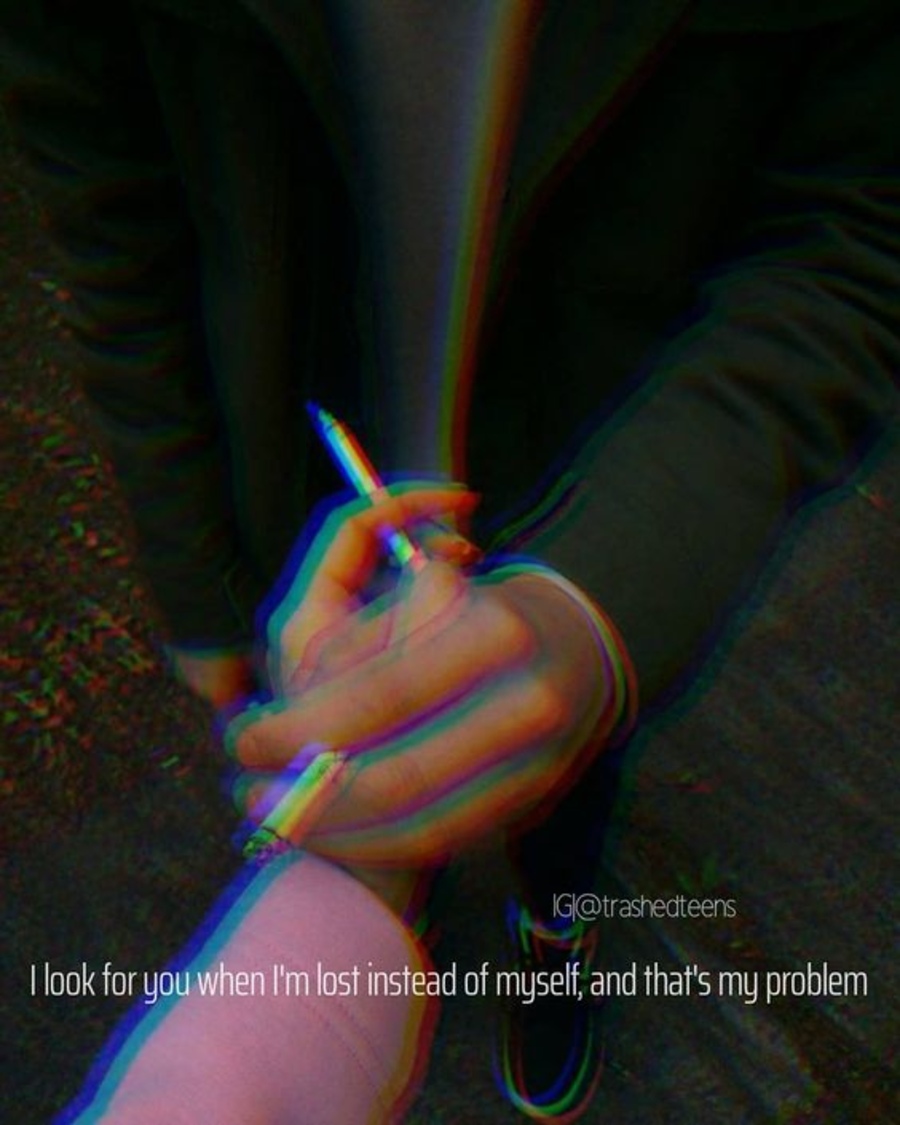
Does anyone else remember the cringe-worthy phrase: “Normal people scare me,”?
Needless to say, we did lay it on a bit thick.
The collab of the century:
Clearly, this current Indie-Kid aesthetic is an ironic lovechild between 2010s Indie, and 2000s mainstream.
The Gen-Z babies born in the 2000s are growing up, and just as ‘only 90s kids will remember this‘ content permeated every single facet of online culture in the early 2010s, we’re moving on to the next decade – aided by TikTok’s interconnected algorithm.
The fashion alone has the same 90s tinged, globally homogenous look as the early 2000s – with added elements of in-vogue fashion trends, such as Mum-jeans.

But, as the second generation of digital natives, Gen-Z also grew up online, witnessing the birth and death of the classic, artful Indie aesthetic from afar.
However, in a post-COVID and post-truth world, the ‘arty’ aesthetics of the past have been replaced with softcore edginess. Soft pastels and monochromatic minimalism, has been replaced with… excess, and loudness.
Essentially, being the ‘arty individual’ is so yesterday. Everyone knows being the ‘main character’ is where it’s at.
